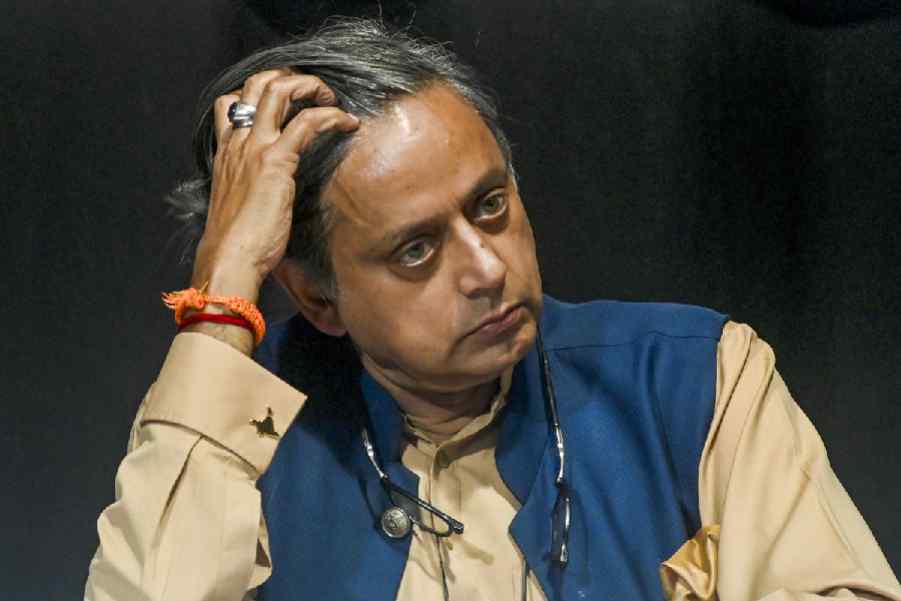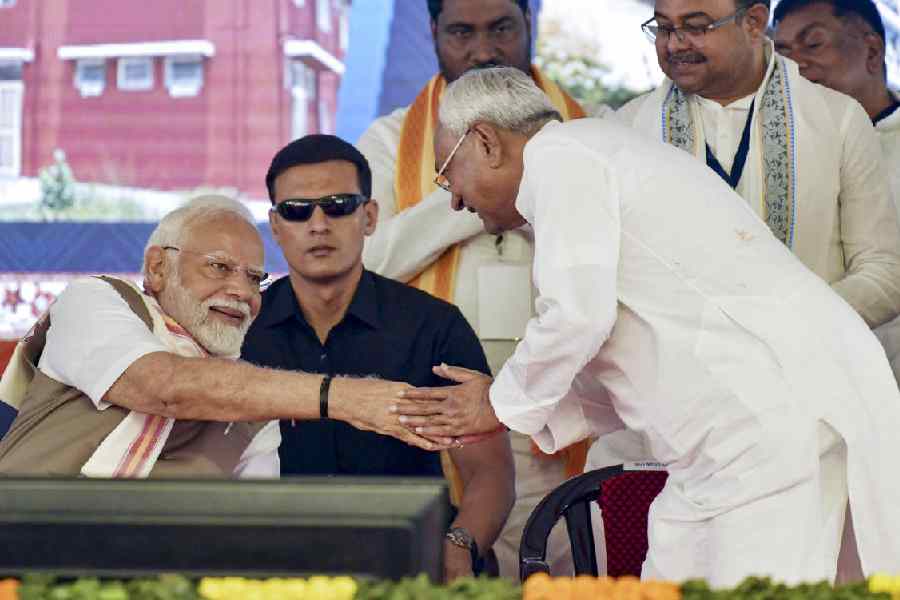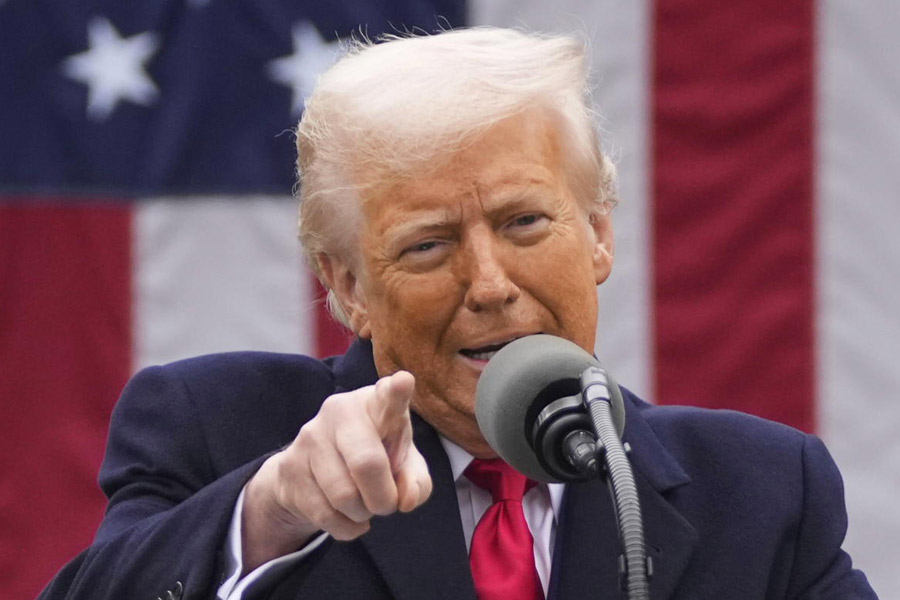

Photographs by Subhendu Chaki
A man in a white shirt with a brown jacket loosely fastened around his waist, a black woollen cap and muffler, but only slippers on his feet, moves briskly from one shop to another selling tea. We get ourselves some lebu cha or lemon tea. It is four o' clock in the morning and we are at Galiff Street in north Calcutta's Bagbazar area - the largest pet and plant market of Bengal.
The street, according to the Kalikata Street Directory 1915, is named after one Mr Galiff, who was the Collector and Commissioner of Calcutta in 1824. Thereafter, it has been 60 years since the street changed name, but it is still referred to by the name of Galiff of the missing first name.
Cold breeze from the Ganges, which flows parallel to the street, stings our faces that morning. Some people are still lying on the footpaths, ensconced in blankets. But the rest of the street is awake and stirring. The market, after all, comes alive once a week, on Sundays. It hosts vendors from all over the state. They start coming in from places such as Durgapur, Asansol, Midnapore - by the night train or bus the pre-vious night. Some arrive on lorries laden with wares.
The chaiwala is perhaps not just a chaiwala. He lingers. And then, after a minute's small talk, asks if there is anything in particular that we are looking for. "Birds, dogs," he asks. What about mongoose? Like the Wink Girl whose video is now going viral, his face registers a series of expressions. When he actually opens his mouth to speak again, he says - "I don't know" - but doesn't go away either.
We order a second round of tea. As he pours it out in style from a height into the transparent plastic cups, it looks a liquid golden thread against the dark. He mutters a statutory warning, "Police are patrolling the place. If they find such things here, they will seize them immediately." Then, between furtive glances roadwards: "You will get your mongoose. Go and check with the ones selling rats." And before we know it, he has picked up his kettle and disappeared into the darkness.
The rat-seller whom we needed to ask for the mongoose is fast asleep, so we decide to stroll around. One stretch is full of colour - dahlias, white, yellow, red and pink; shaggy chrysanthemums, dainty petunias, fifty shades of roses, long-necked Easter lilies, woolly-headed ball lilies, prickly cactuses peeping out of trunks... There are plants growing vegetables - cabbage, brinjal, tomato, cauliflower, green chillies... An undecipherable sweet smell hangs about. In places, however, it is overlapped by the pungent smell of weeds, worms and pesticides. One shop is selling what looks like ugly blobs on plastic sheets. Turns out to be suji poka or worms used in pisciculture.


By now it past 5am. A father and son are selling boiled eggs - duck and hen - and generously buttered toast. We ask the man where we can find a mongoose. The response, however, comes from another. This person, too, is setting up shop, putting out to hang from a clothes line, fish and eels in small plastic packets half filled with water. "You must ask the people who sell birds," he says and then abruptly turns his back on us.
We pass a stack of empty aquariums, some of them are fancy and come with temperature control, we are told. These makeshift stalls are also selling pebbles used to decorate aquariums. There are seashells, barnacles, rocks.
Suddenly the street is awash with soft orange light. Day is breaking in slow motion and heralding it is this mixed chorus of birds. The chirrups are emanating from tempos. One by one the cages are being off-loaded from these.
A man is carrying a pole that is overhung with two giant cages segregated into compartments. And in these compartments are the chatterbox birds. Lovebirds, almost 20 of them, huddled together. A pair of cockatiels with proud powdered heads like French Dauphins. White pigeons - a rarity. Mynahs and some birds of the starling family.
A young girl stands in one corner of the street with just one green parrot and several empty cages. She has come all the way from Jharkhand. She is saying in her singsong voice, " Nau sau rup-iya, nau sau rupiya. Khaane seekh gayi hai, koi mehnat nahin hoga, bolti bhi hai." She is selling the not-for-sale Indian parrot for Rs 900. She is vouching for its grooming - can feed on its own and speak in human tongue, too. And what can it say, we asked. She replies, "Ram, Ram." But of course. We keep moving. After all, we have to find the mongoose man.
A few steps ahead of the girl, there is a cage with twin birds. They look like the parrot except for a blue patch throat down. The local name for it is neelmohun. "It is rare," says the woman in a green sari, who is minding it.
We come across other Indian bird varieties such as the bulbul, the plum-headed parakeet, the common mynah, Indian cuckoo, the Indian roller, spotted dove, kite, grey parrot, macaw, the Indian koel...
The Wildlife Protection Act bans the trade and trapping of all indigenous birds, but on Galiff Street you will see Dickensian figures carrying one or more such birds in small netted bags and roaming the market to net buyers. These are, of course, the smaller birds. The bigger ones such as the macaw or grey parrot are available in the bigger shops on the street. Not that they have any better an arrangement. The birds, kept in small cardboard boxes to avoid police glare, often die of suffocation.
"Do you sell the lokkhi pyacha," another difficult customer making queries. Lokkhi pyacha is the name for the white owl, so named because it is the goddess of wealth Lakshmi's vehicle, according to Hindu mythology. The woman selling the neelmohun does not bat an eyelid. "Big or small," she asks, and then without waiting for a reply rattles on, "The big ones come at Rs 12,000 a piece. The small ones cost Rs 6,000."
And where would these come from? There are shikaris or hunters who know these things, she changes the topic only to dig herself a deeper hole. "We can order vultures and kites too," she says. They also arrange for home delivery of rare orders. Can we meet the hunters? Apparently we cannot unless an advance payment has been made.
The neelmohun woman is from south Bengal's Sunderbans area. She travels for three-and-a-half hours every Sunday morning to sell her wares. There are also some others who come from Bongaon, in the North 24-Parganas. Can we ask the shikari to find us a mongoose? Suddenly, someone seems to have pushed the mute button on her. She points at a shop a few feet away; it is just starting to up its shutters.
A middle-aged man is arranging his merchandise - white rats, guinea pigs, red-eyed rabbits. There is no sign of any mongoose. Does he not sell them? He smiles mysteriously and nods. He does not but he can help; it is available.
You can also get a hamster. And tortoises, the star turtle or the red ear slider - these are usually kept on display in aquariums. All of it is contraband. And tortoise meat? What about the mongoose we have been chasing all morning? Can he get that or not? That annoying smile appears again. And he replies, "Come a little later in the day and we shall see."











